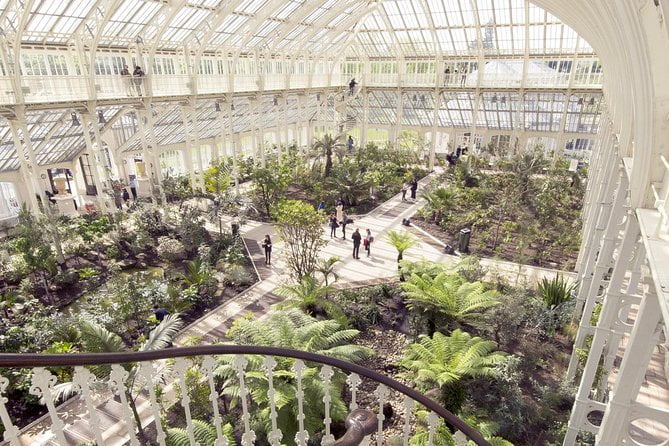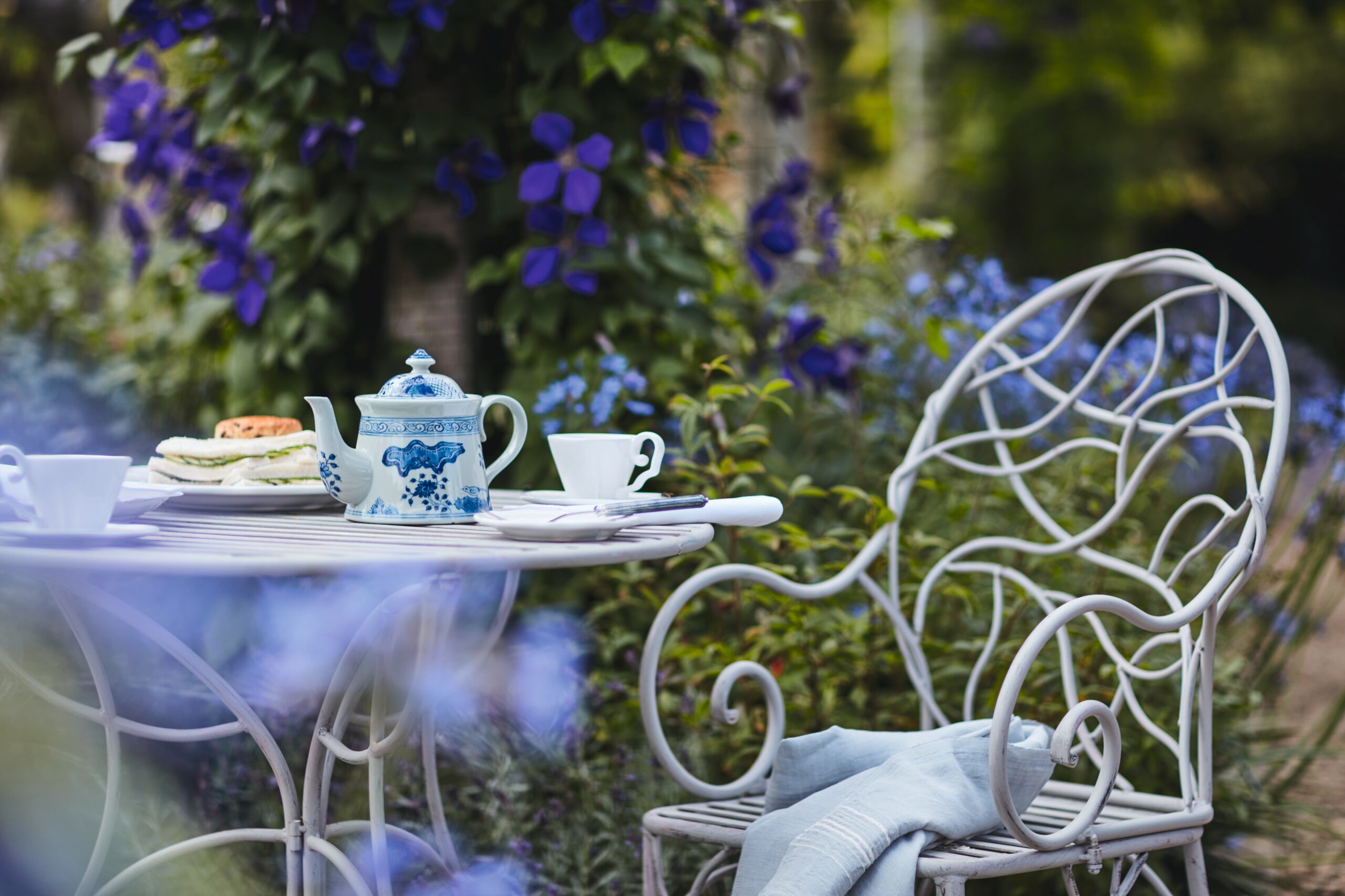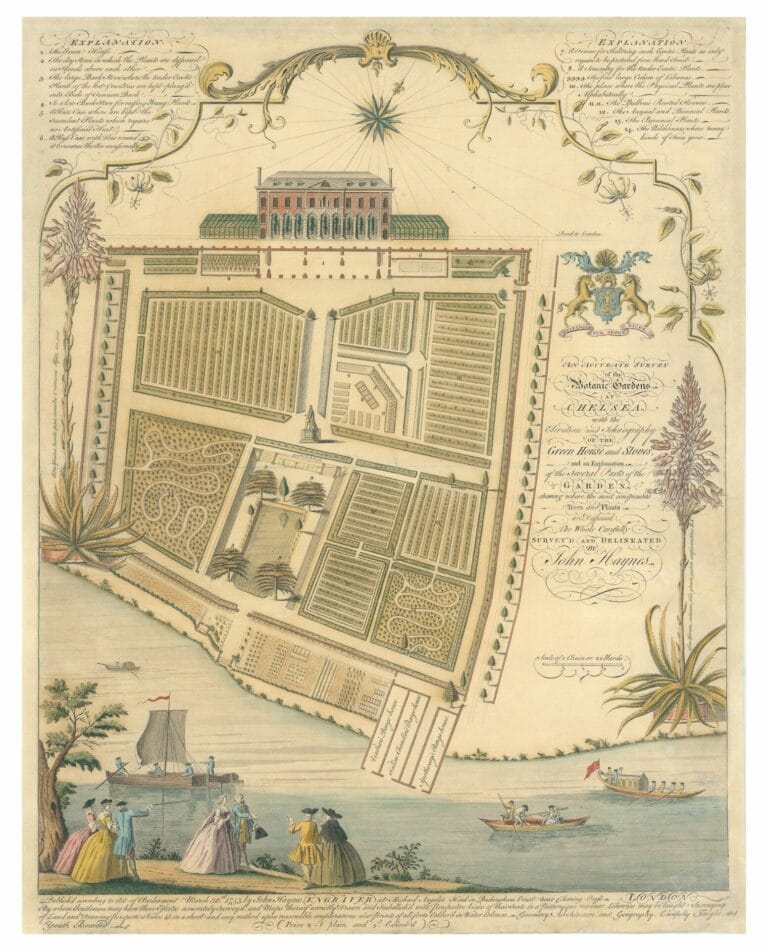London, England, a bustling metropolis famous for its regal history, iconic landmarks and cosmopolitan vibe also harbours a lush paradise – The Royal Botanic Gardens at Kew. Nestled by the serene River Thames, this UNESCO World Heritage site beautifully narrates Britain’s passion for horticulture and botanical brilliance.
The Birth of a Botanical Legacy
Our story beings in the mid-18th century. It was 1759 when Princess Augusta, intrigued by exotic plants and wildlife, transformed a modest 9-acre estate into Kew Gardens. Little did she know, her love for all things beautiful and wild would pave the way for one of the world’s most cherished botanical spaces.
Kew didn’t evolve into a botanical marvel overnight. The gardens underwent massive expansion under the watchful eyes of Sir Joseph Banks and Sir William Hooker, eminent botanists and horticulturists of the time. By the early 19th century, Kew transformed into a national treasure trove of plant species. The Victorian era further solidified its iconic stature with the construction of the stunning glasshouses and ornate structures that dominate the gardens today.

Victorian Engineering
Feast your eyes on the Palm House – an architectural wonder that serves as a lush oasis for tropical plants from around the world while beautifully capturing Victorian essence. Joining the Palm House is the Temperate House, the world’s largest surviving glasshouse from the Victorian era, home to temperate flora of all kinds.
Spanning a staggering 326 acres, Kew never fails to amaze visitors with its diverse landscapes. While the Rock Garden and Rhododendron Dell take you on a worldwide botanical sojourn, the Princess of Wales Conservatory brings exotics right at your feet. Kew’s Arboretum, home to towering trees and calm lakes, offers a tranquil escape within the heart of London.

Conservation and Innovation
Kew also houses the Millennium Seed Bank at Wakehurst in West Sussex, conserving seeds from around the globe and spearheading plant diversity conservation. The Kew’s contribution doesn’t stop at beautiful displays; they are longtime stewards of plant preservation and research.
Adding a touch of modernity to the garden’s historic charm are the treetop walkways, allowing visitors to explore Kew’s arboreal wonders in a thrilling way. Moreover, ‘The Hive’, an innovative art installation, exhibits the intrinsic symbiosis between bees and plants through an enchanting play of light and sound.
To visit the Royal Botanic Gardens at Kew is to tread through the history of British horticulture, marvel at botanical innovations, and appreciate the myriad wonders of the natural world. Essentially, Kew Gardens stands not just as a site of sprawling green beauty but also testifies to Britain’s enduring love for gardening and conservation.
Do you want to share your story and inspire our readers ? Know that every story is paving the way for a brighter, happier future.
Photo Credit http://oka.com/en-usViticcio Metal Garden Set, 2022 Outdoor Collection by OKA US





